Growth in Automotive Applications
The automotive sector is increasingly utilizing hot melt adhesives, which suggests a significant driver for the Hot Melt Adhesives Market. These adhesives are favored for their ability to bond various materials, including plastics, metals, and composites, which are commonly used in vehicle manufacturing. The automotive industry is projected to witness a steady growth rate, with an expected increase in vehicle production and innovation in electric vehicles. This trend indicates a rising need for efficient bonding solutions that hot melt adhesives provide, particularly in assembly processes and interior applications. The versatility and performance of hot melt adhesives in automotive applications may lead to a substantial increase in their adoption, thereby enhancing the overall growth of the Hot Melt Adhesives Market.
Rising Demand in Packaging Sector
The packaging sector is experiencing a notable surge in demand, which appears to be a primary driver for the Hot Melt Adhesives Market. As consumer preferences shift towards convenience and sustainability, manufacturers are increasingly adopting hot melt adhesives for their superior bonding properties and quick setting times. The packaging industry, particularly in food and beverage, is projected to grow at a compound annual growth rate of approximately 4.5% over the next few years. This growth is likely to propel the demand for hot melt adhesives, as they provide efficient sealing and bonding solutions that enhance product integrity and shelf life. Furthermore, the shift towards eco-friendly packaging materials is expected to further stimulate the Hot Melt Adhesives Market, as these adhesives are often formulated to be more environmentally friendly compared to traditional options.
Expansion of Construction Activities
The construction industry is undergoing a phase of expansion, which appears to be a crucial driver for the Hot Melt Adhesives Market. With increasing urbanization and infrastructure development, the demand for construction materials is on the rise. Hot melt adhesives are utilized in various applications within the construction sector, including flooring, roofing, and insulation. The market for construction adhesives is projected to grow at a rate of around 5% annually, indicating a robust demand for hot melt adhesives. Their ability to provide strong bonds and quick curing times makes them ideal for construction applications, where efficiency and reliability are paramount. This expansion in construction activities is likely to bolster the Hot Melt Adhesives Market, as manufacturers seek effective bonding solutions to meet the growing needs of the sector.
Increasing Focus on Sustainable Practices
The growing emphasis on sustainability is becoming a pivotal driver for the Hot Melt Adhesives Market. As industries strive to reduce their environmental footprint, the demand for eco-friendly adhesive solutions is rising. Hot melt adhesives, particularly those formulated with renewable resources, are gaining traction due to their lower volatile organic compound emissions and recyclability. This shift towards sustainable practices is evident across various sectors, including packaging and construction, where companies are actively seeking adhesives that align with their sustainability goals. The market for sustainable adhesives is projected to grow significantly, indicating a favorable environment for the Hot Melt Adhesives Market. As more manufacturers adopt sustainable practices, the demand for hot melt adhesives that meet these criteria is likely to increase, further driving market growth.
Technological Innovations in Adhesive Formulations
Technological advancements in adhesive formulations are emerging as a significant driver for the Hot Melt Adhesives Market. Innovations in polymer chemistry and the development of new formulations are enhancing the performance characteristics of hot melt adhesives, such as their thermal stability, adhesion strength, and environmental resistance. These advancements are likely to attract a broader range of applications across various industries, including packaging, automotive, and construction. The introduction of bio-based and recyclable hot melt adhesives is particularly noteworthy, as it aligns with the increasing demand for sustainable solutions. As manufacturers continue to invest in research and development, the Hot Melt Adhesives Market is expected to benefit from these innovations, leading to enhanced product offerings and increased market penetration.


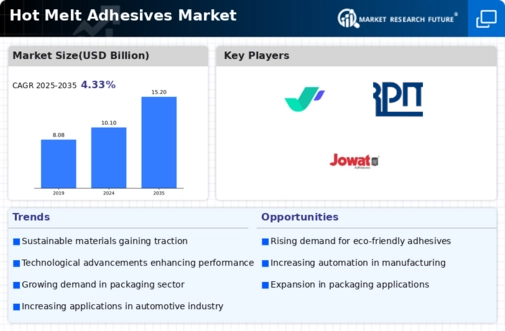
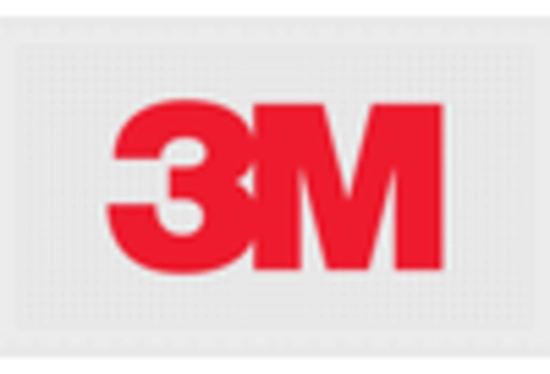
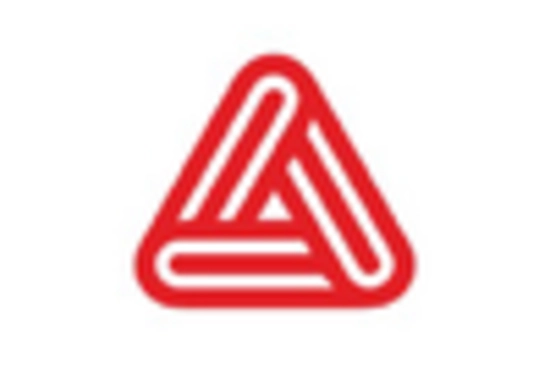
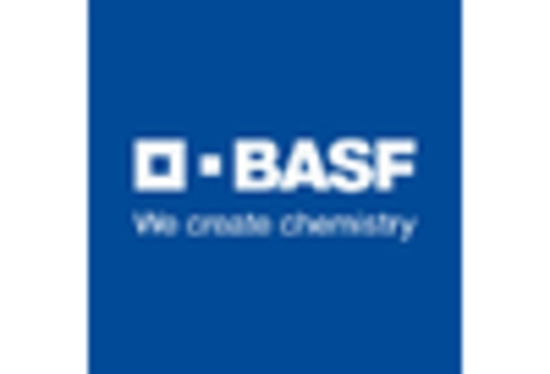
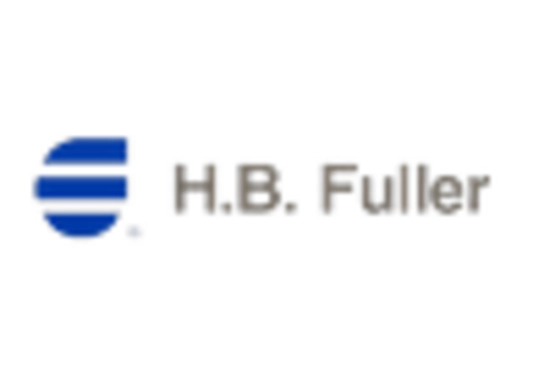
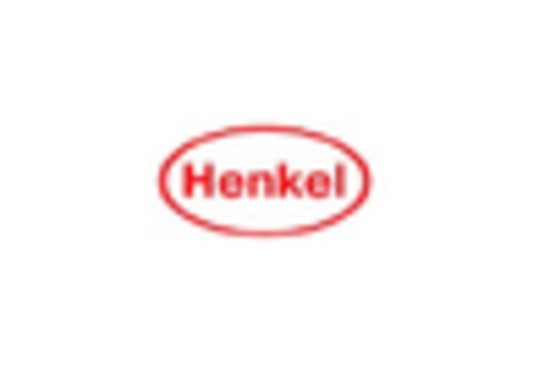









Leave a Comment